In 1966, Neath builder Idris Hale bought the semi-derelict Penscynor House in Cilfrew. Soon the 11-acre grounds became home to a large collection of exotic parrots and a number of charity days were held in response to public demand to see the birds.
He decided to open the park, now also featuring several mammal species, full-time and in 1971 it was launched by TV personality Johnny Morris, of Animal Magic fame.
Success followed and it remained in the family's ownership until 1996 when Mr Hale's grandson, Jonathan Hale-Quant, was asked to take it over and see if its problems could be put right.
He said they dated back 15 years when Penscynor began to grow bigger than visitor numbers could support.
After years of helping to conserve endangered species, Penscynor Wildlife Park in Neath itself become extinct in September 1998.
What started as one man's dream and became a hugely popular visitor attraction closed its doors for the last time after falling victim to a combination of problems, culminating in a disastrous summer.
It was the only park of its kind in South West Wales and its demise meant the loss of more than 50 jobs and the launch of an operation to find new homes for the inhabitants.
There isn't a lot left to see here, just a couple of rotting huts and rusting cages. We were lucky enough to visit on a sunny day which made it a very pretty place none the less The path that once led hundreds of people to the park is now almost copletely overgrown.
The path that once led hundreds of people to the park is now almost copletely overgrown.
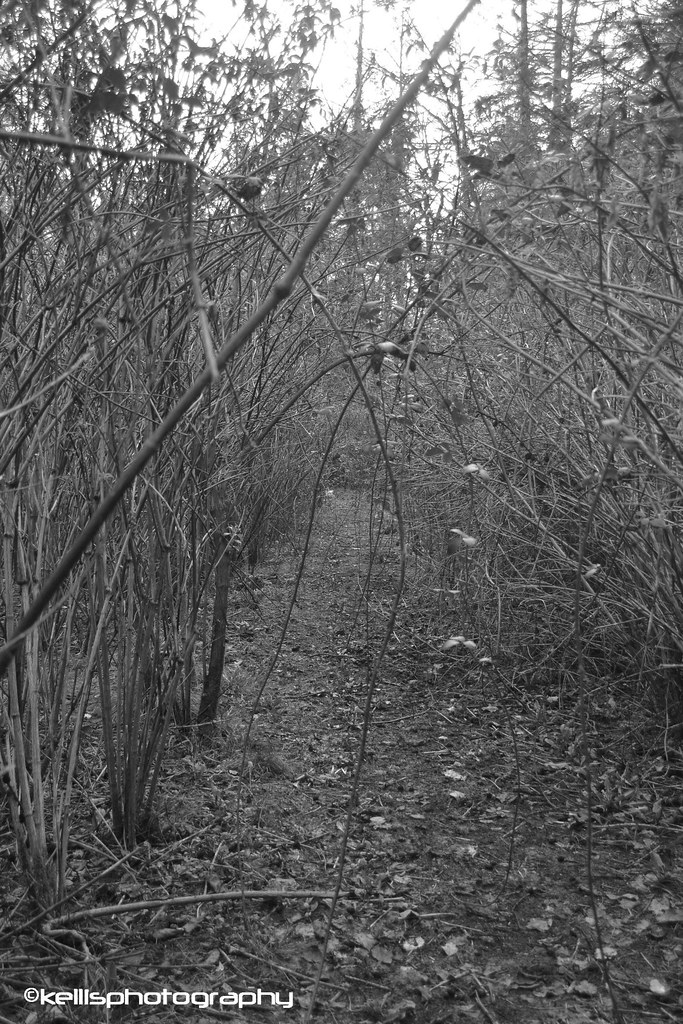
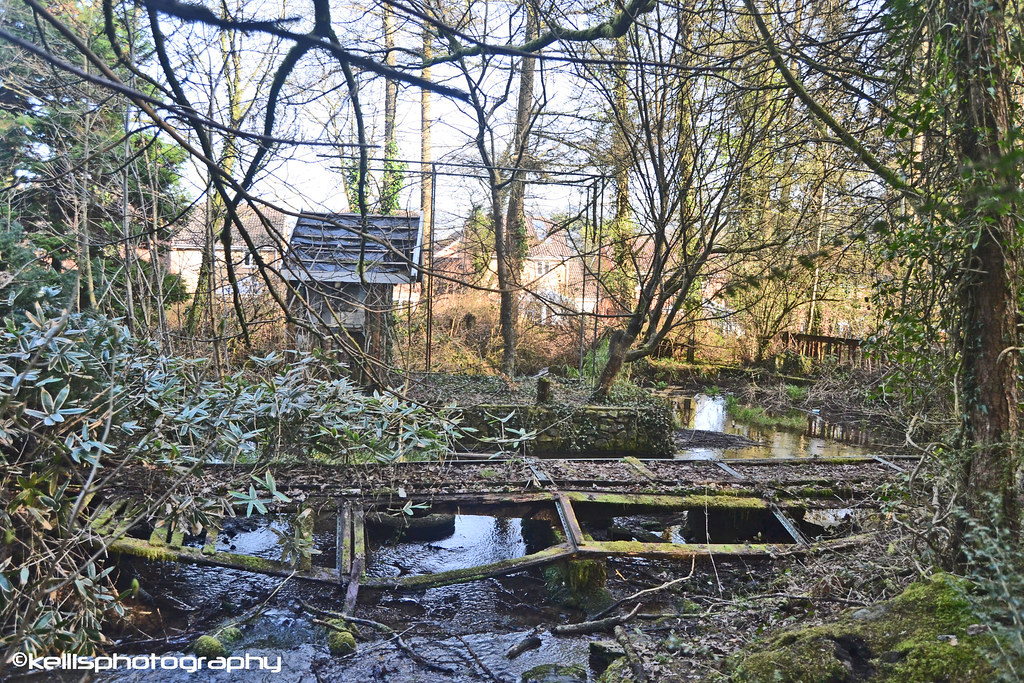
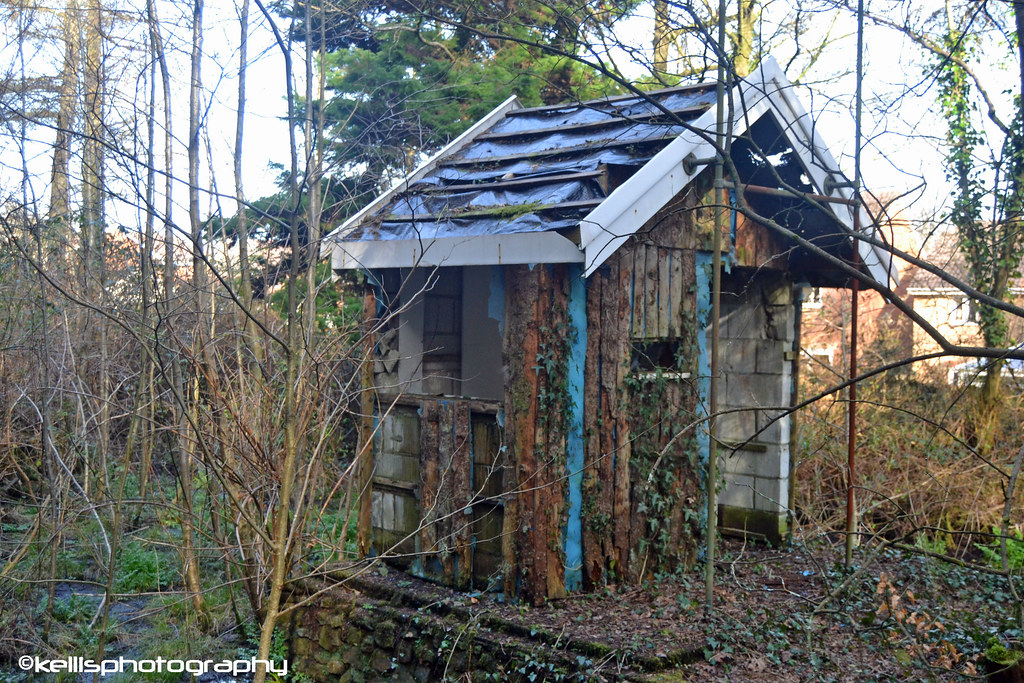
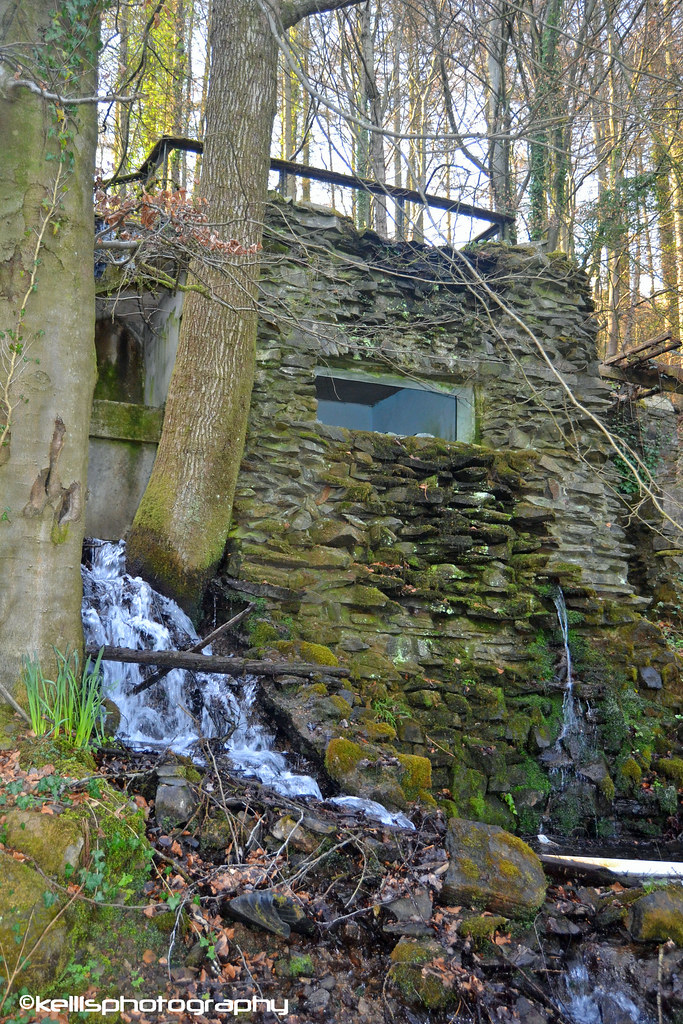
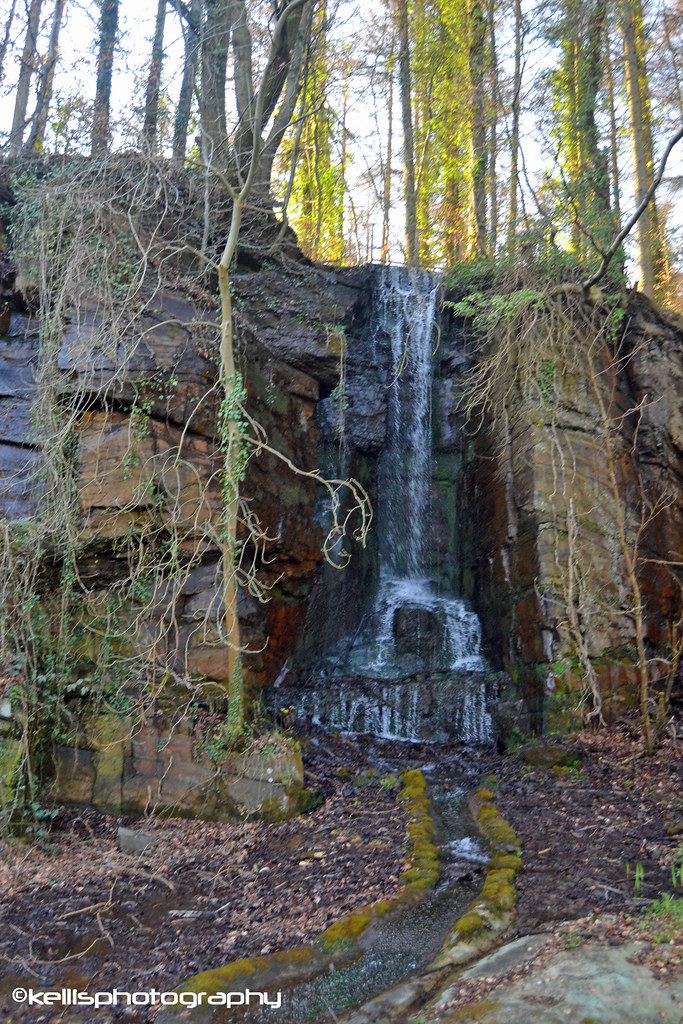
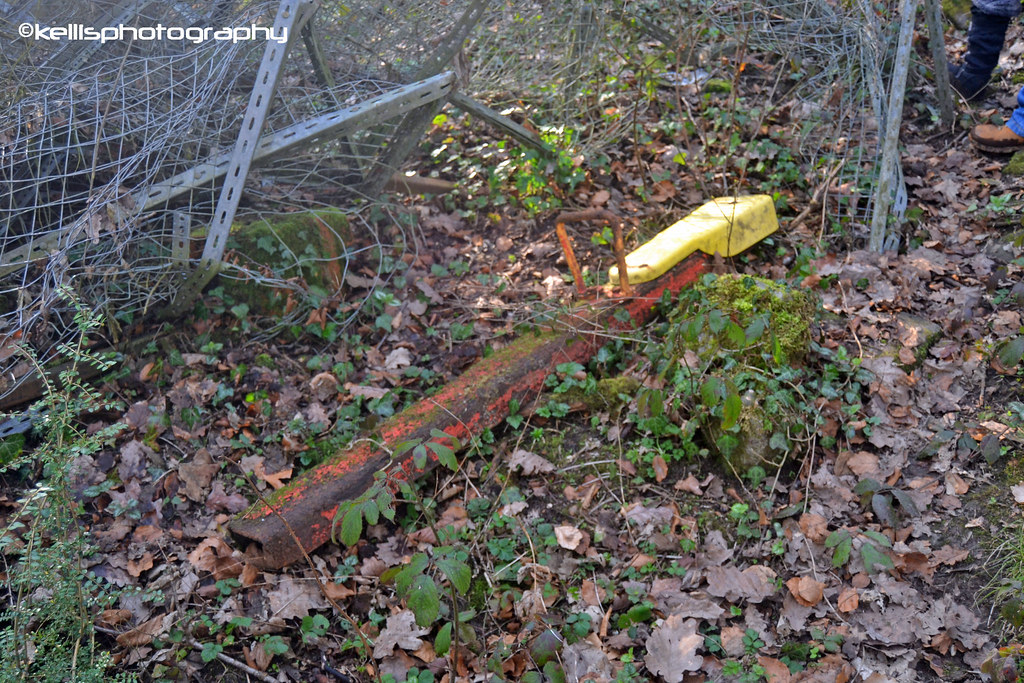
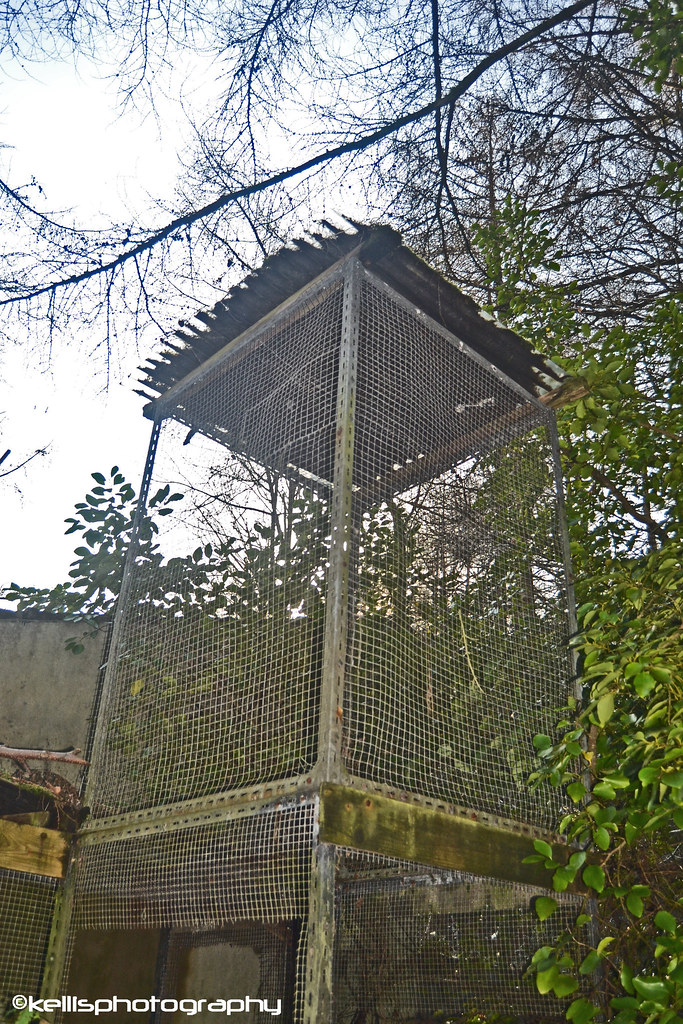
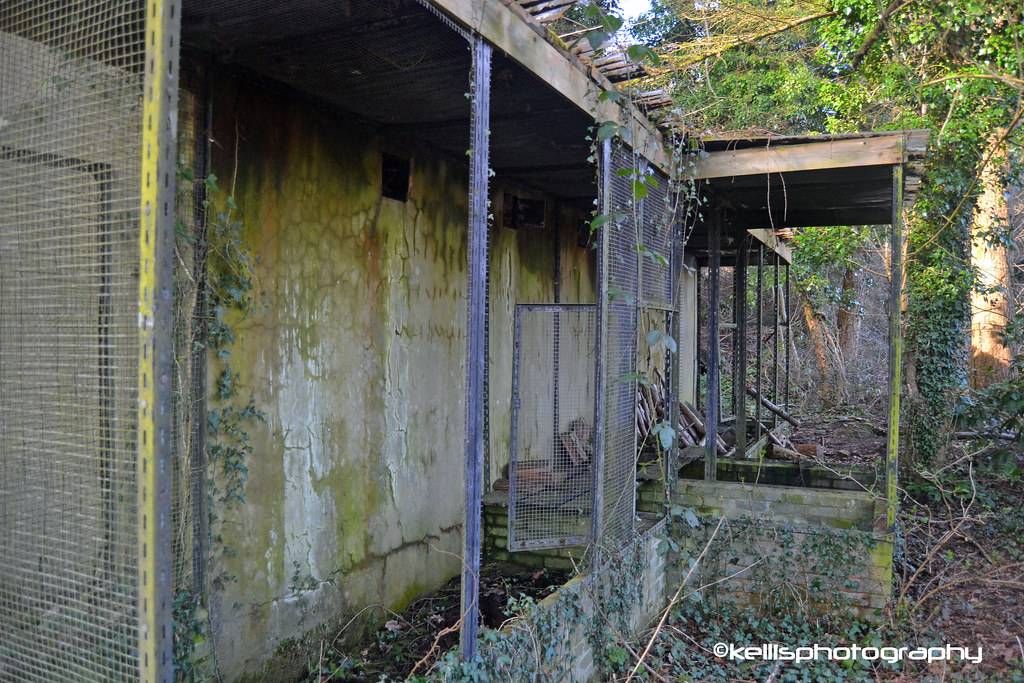
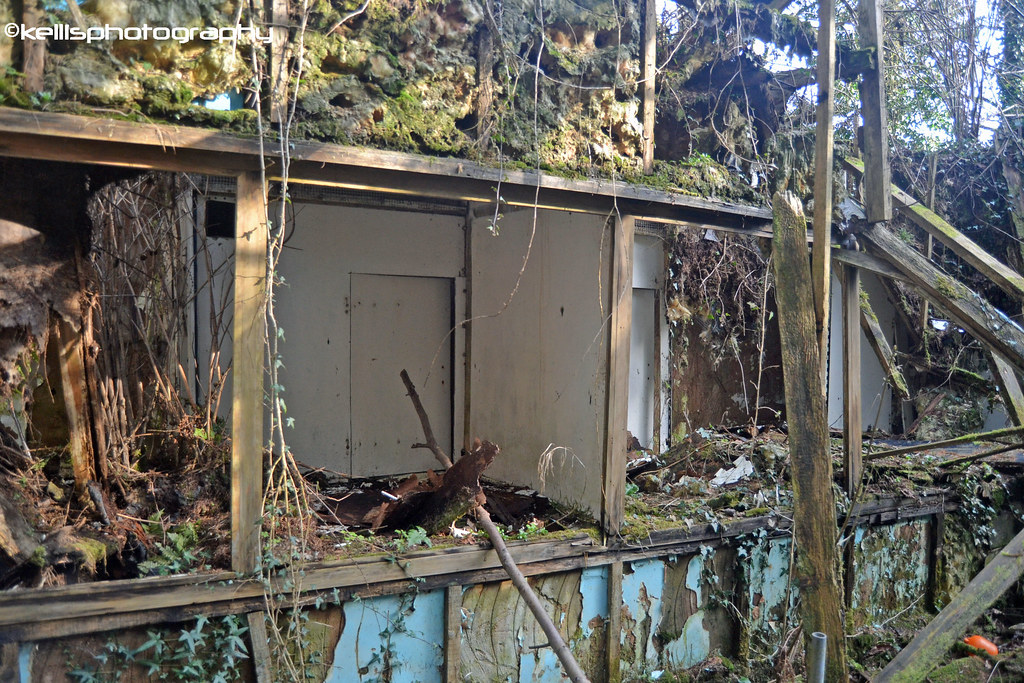
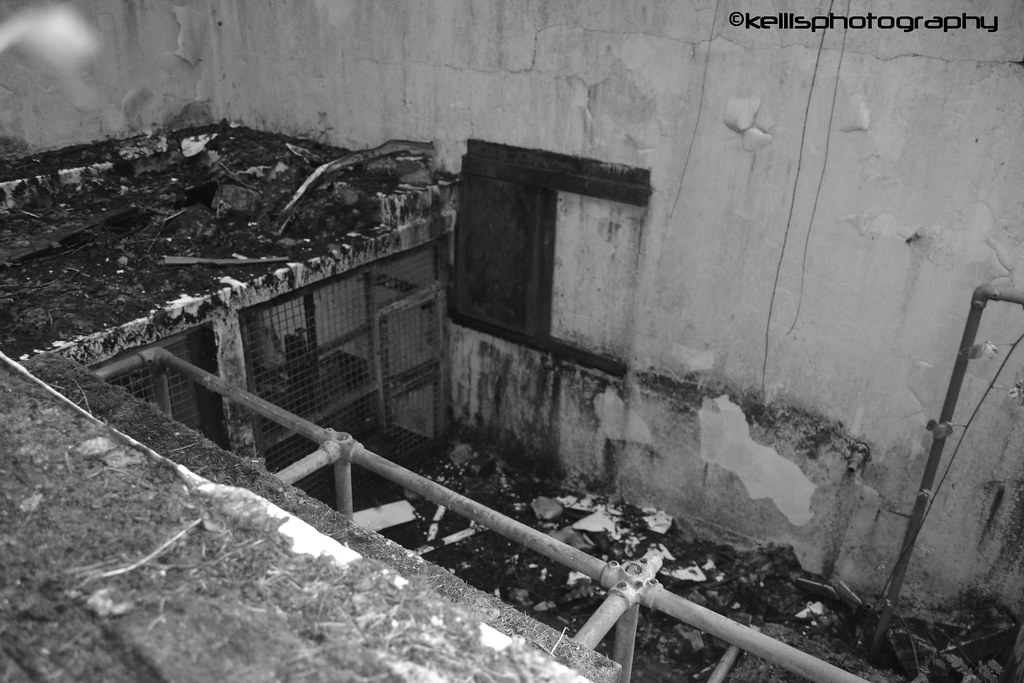
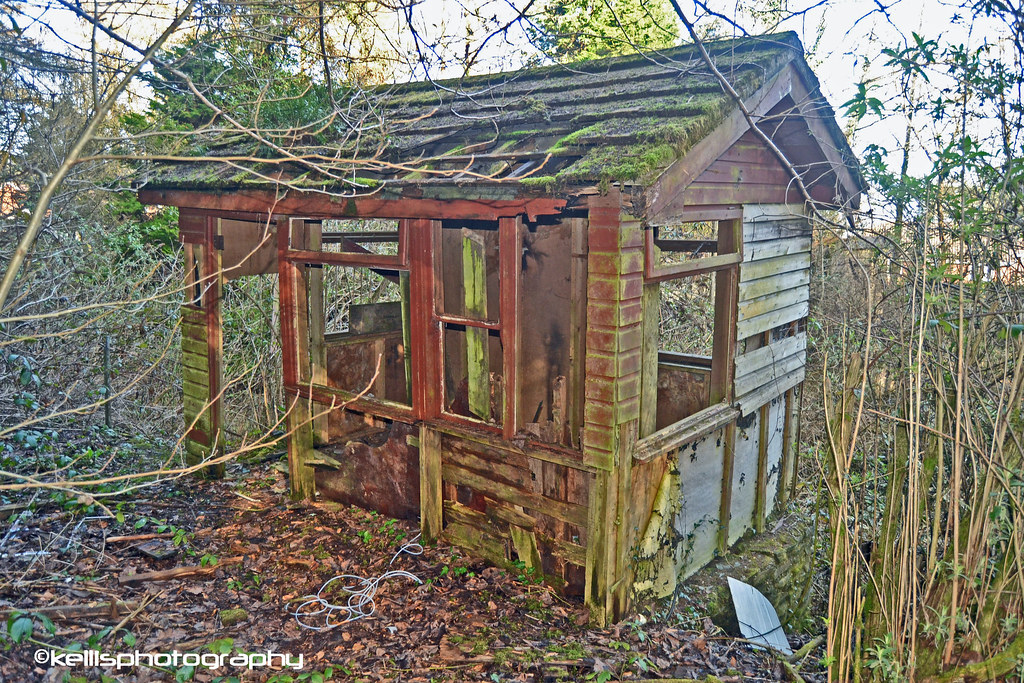
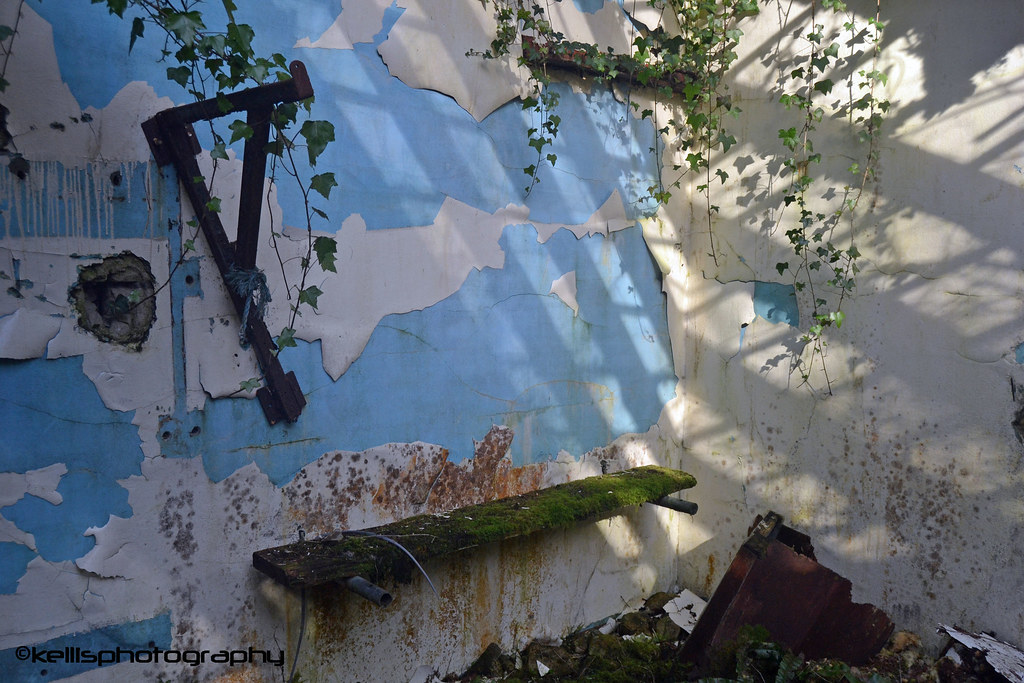
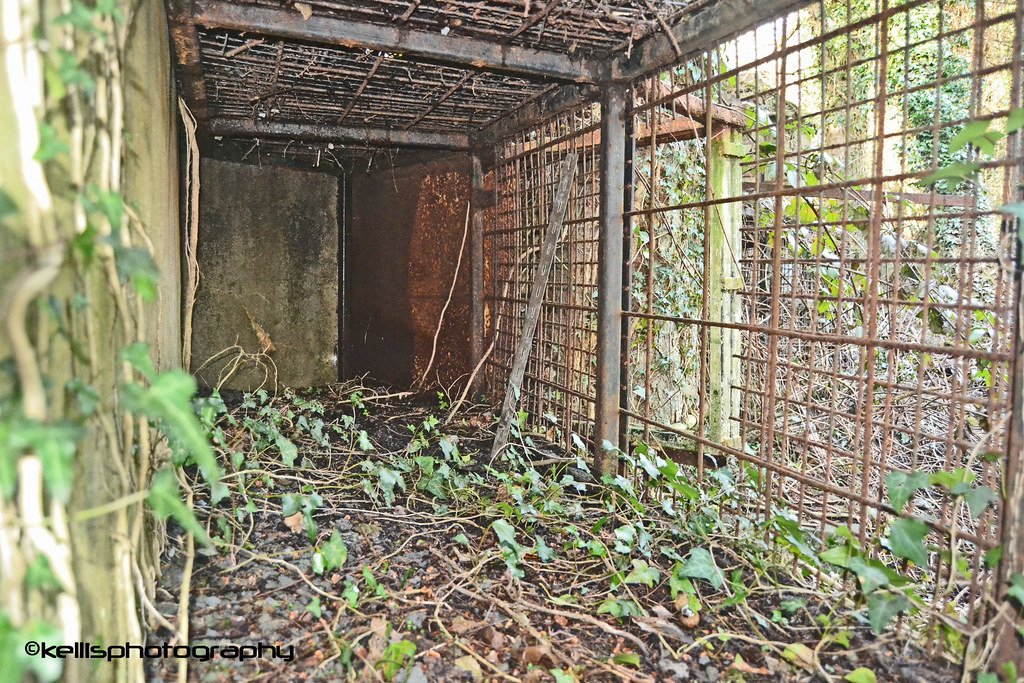
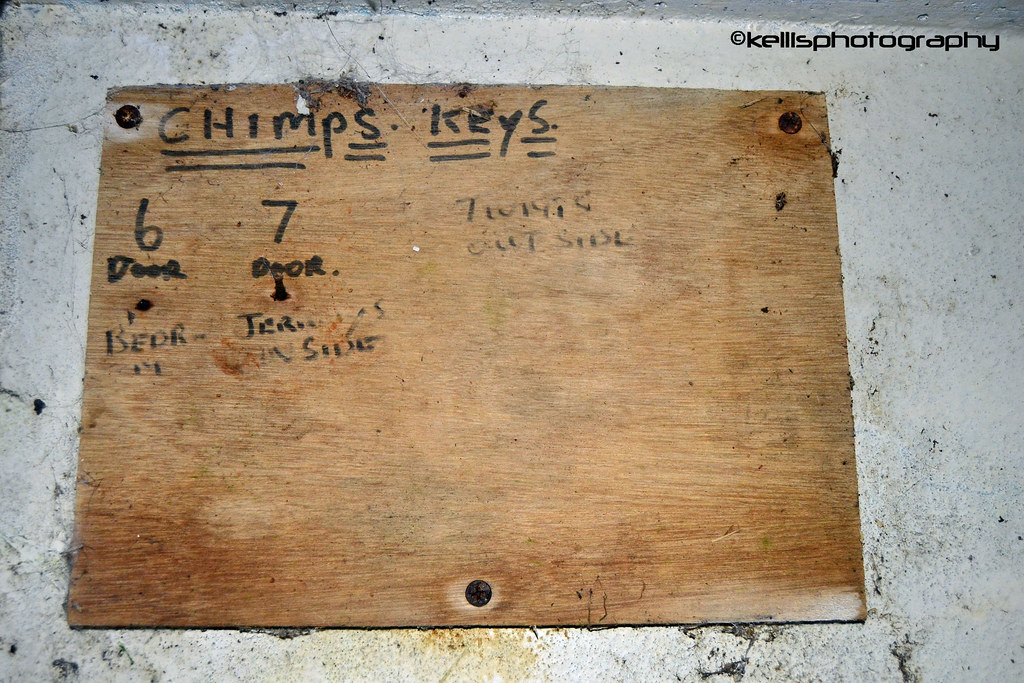
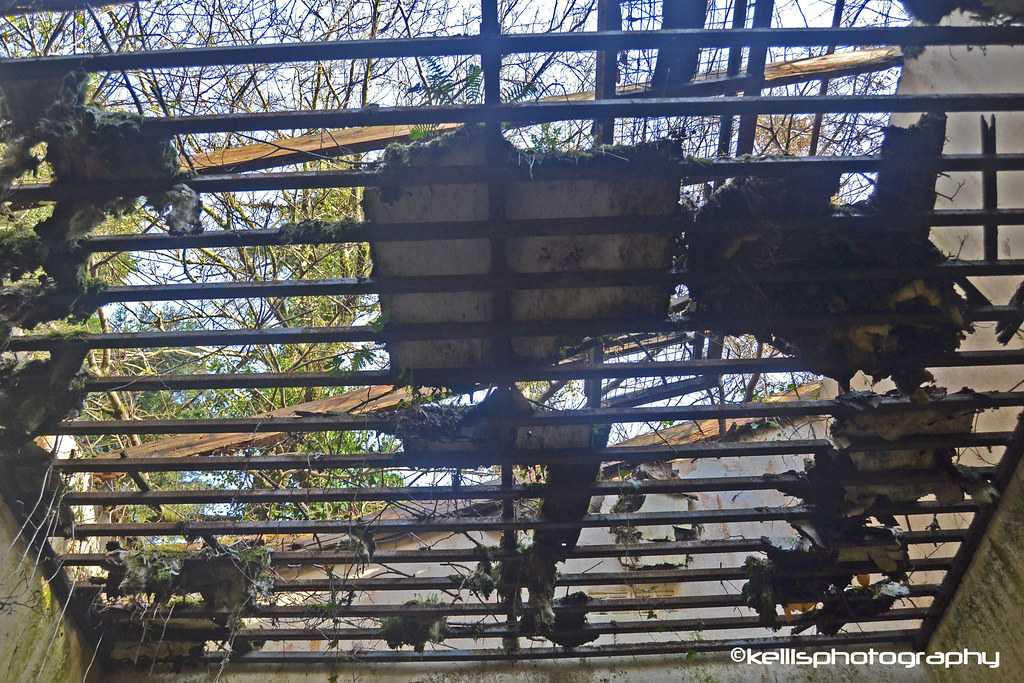

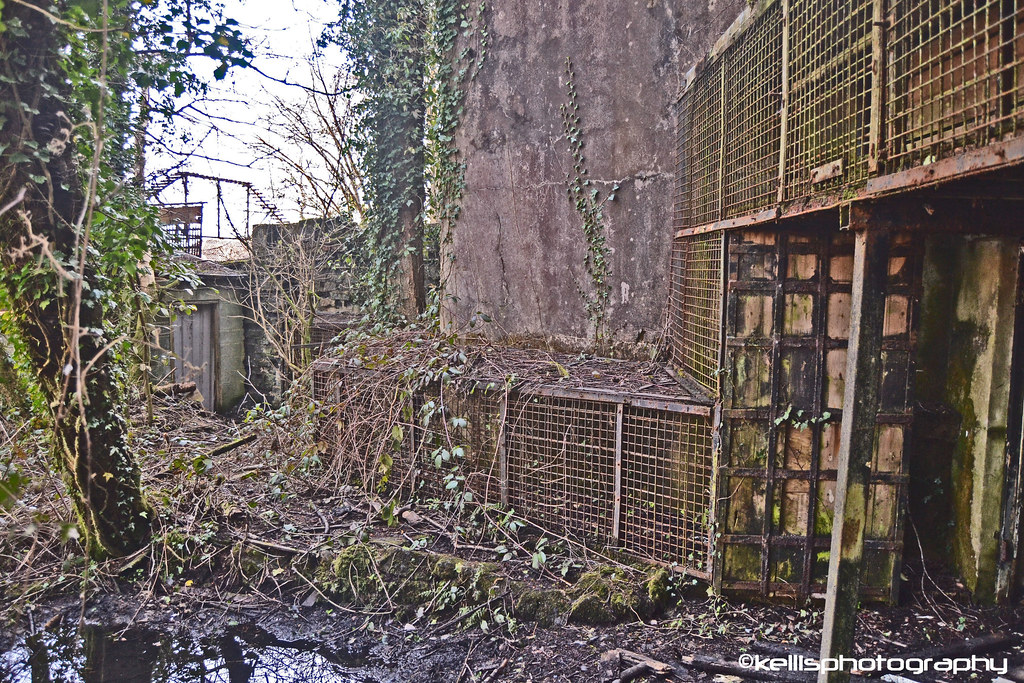
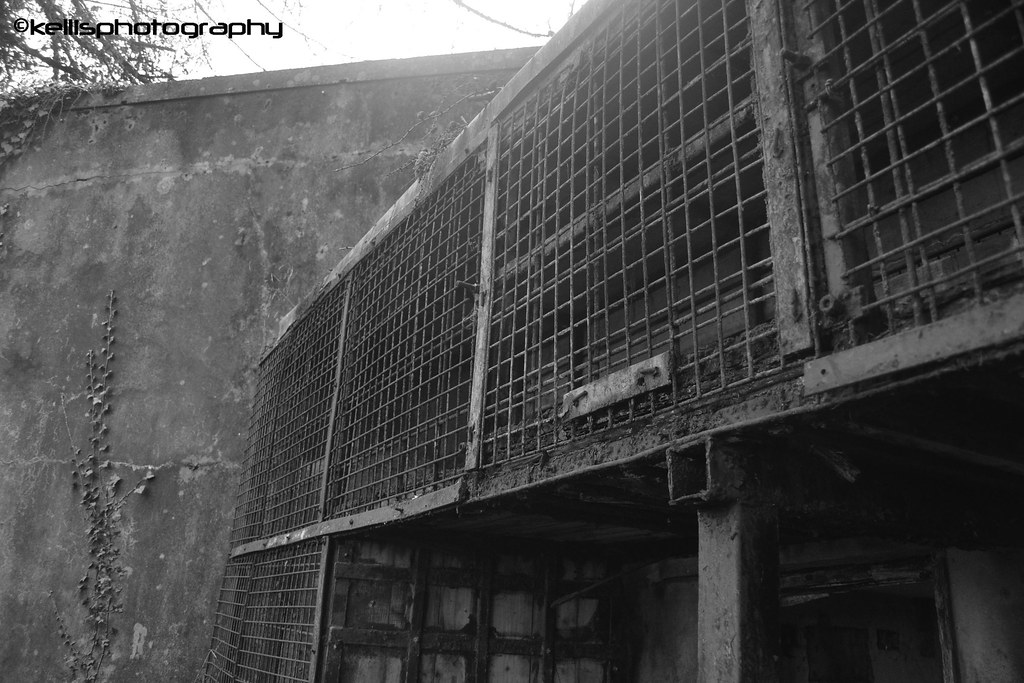
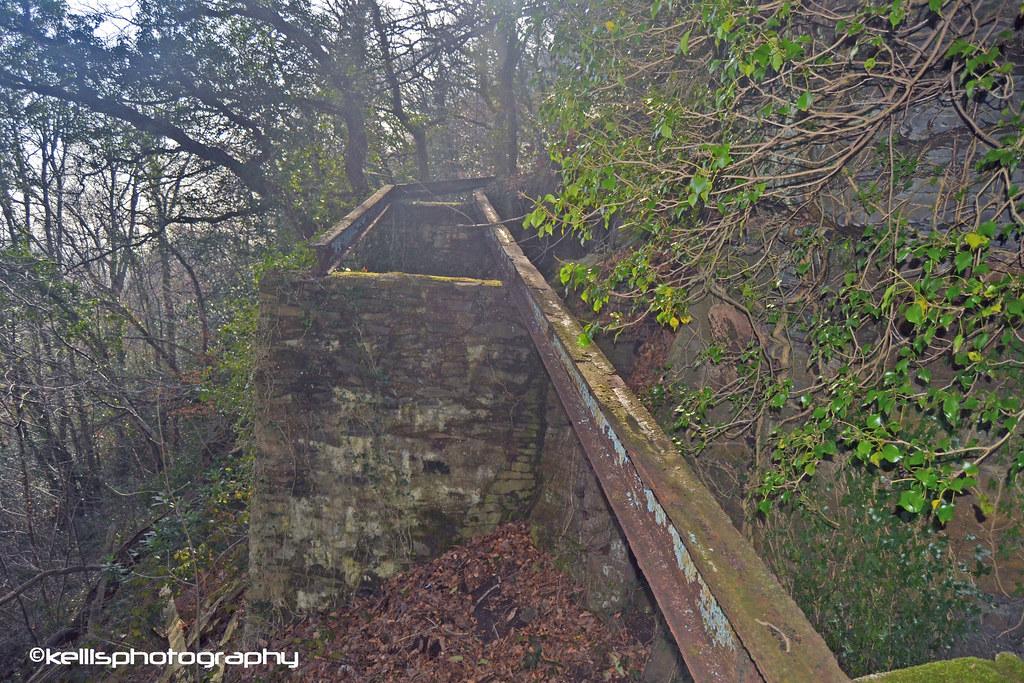
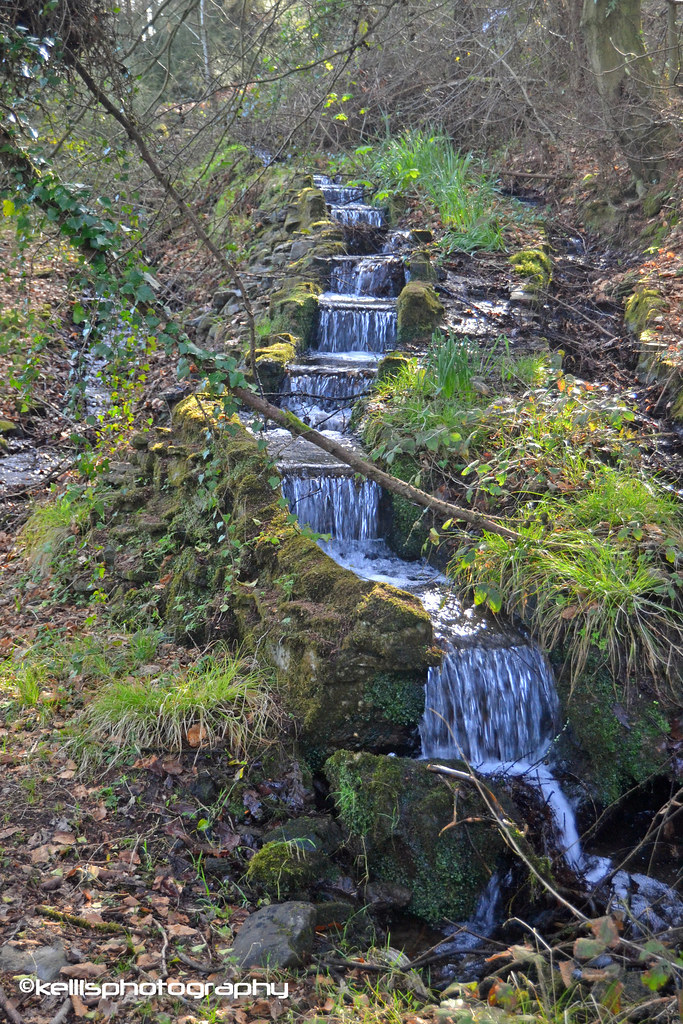
Thanks for looking
He decided to open the park, now also featuring several mammal species, full-time and in 1971 it was launched by TV personality Johnny Morris, of Animal Magic fame.
Success followed and it remained in the family's ownership until 1996 when Mr Hale's grandson, Jonathan Hale-Quant, was asked to take it over and see if its problems could be put right.
He said they dated back 15 years when Penscynor began to grow bigger than visitor numbers could support.
After years of helping to conserve endangered species, Penscynor Wildlife Park in Neath itself become extinct in September 1998.
What started as one man's dream and became a hugely popular visitor attraction closed its doors for the last time after falling victim to a combination of problems, culminating in a disastrous summer.
It was the only park of its kind in South West Wales and its demise meant the loss of more than 50 jobs and the launch of an operation to find new homes for the inhabitants.
There isn't a lot left to see here, just a couple of rotting huts and rusting cages. We were lucky enough to visit on a sunny day which made it a very pretty place none the less




















Thanks for looking


































